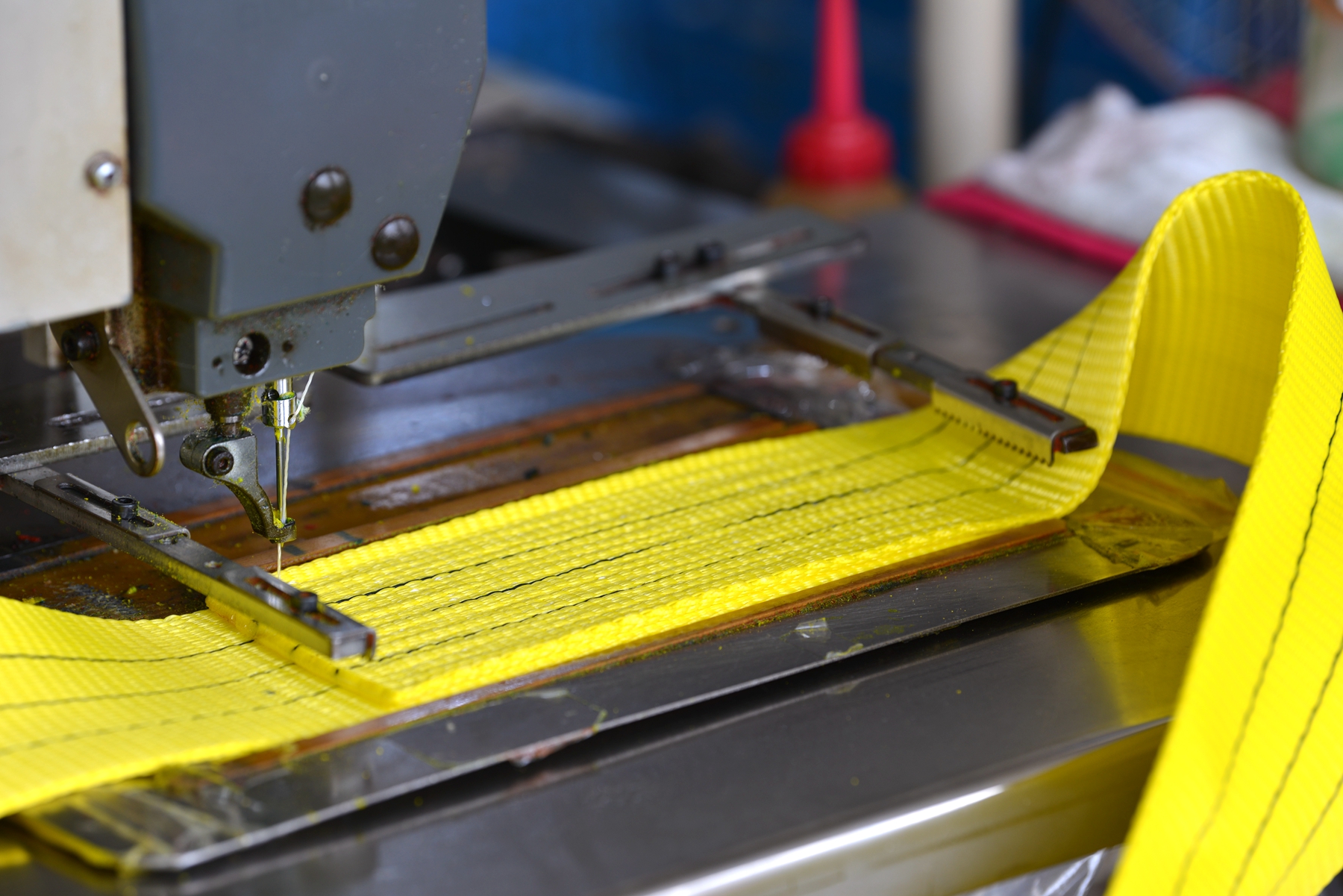A synthetic lifting webbing sling is a type of lifting equipment commonly used in material handling and lifting operations across various industries. It is designed to securely lift and handle heavy loads, providing an alternative to traditional steel wire ropes or chains. These slings are constructed from synthetic materials, such as high-strength polyester or nylon webbing, which makes them lightweight, flexible, and easy to handle. Here are some key characteristics and information about synthetic lifting webbing slings:
- Material: Synthetic lifting webbing slings are typically made from high-strength synthetic fibers, including polyester and nylon. These materials are chosen for their excellent strength-to-weight ratio and resistance to abrasion, chemicals, and moisture.
- Types: There are several types of synthetic lifting webbing slings, including flat web slings, round slings, and endless slings. Each type has unique features and is suitable for different lifting applications.
- Flat Web Slings: These are flat straps made of woven synthetic webbing. They are suitable for a wide range of load shapes and sizes and can be used in various hitch configurations.
- Endless Slings: Endless slings have a continuous loop design, which eliminates the need for additional hardware like hooks or shackles. They are versatile and can be used in choker, basket, or vertical hitch configurations.
- Color Coding: Many synthetic webbing slings are color-coded to indicate their load capacity and usage. The color coding helps users select the appropriate sling for the specific load they intend to lift.
- Load Capacity: Synthetic lifting webbing slings come in various load capacities, ranging from a few hundred pounds to several tons. It's crucial to choose a sling with a rated capacity that matches or exceeds the weight of the load being lifted.
- Safety Factors: Lifting equipment should always have a safety factor built in to ensure safe operation. The safety factor is typically specified by industry standards and regulations and is a multiple of the working load limit (WLL).
- Attachments: Synthetic slings are often equipped with eye loops or end fittings for attachment to lifting hooks, shackles, or other hardware. These attachments are designed to provide a secure connection to the load and the lifting equipment.
- Inspection and Maintenance: Regular inspection and maintenance of synthetic lifting webbing slings are crucial for safety. Any signs of wear, damage, or fraying should be addressed promptly, and damaged slings should be taken out of service.
- Compliance: It's important to ensure that the synthetic lifting webbing sling you choose complies with relevant safety standards and regulations in your region. Compliance helps ensure the sling's quality and safety for lifting operations.
Synthetic lifting webbing slings offer several advantages, including flexibility, lightweight design, and resistance to corrosion. However, proper training, inspection, and maintenance are essential to ensure safe and effective use in lifting applications. Always follow manufacturer recommendations and industry safety guidelines when using these slings.



